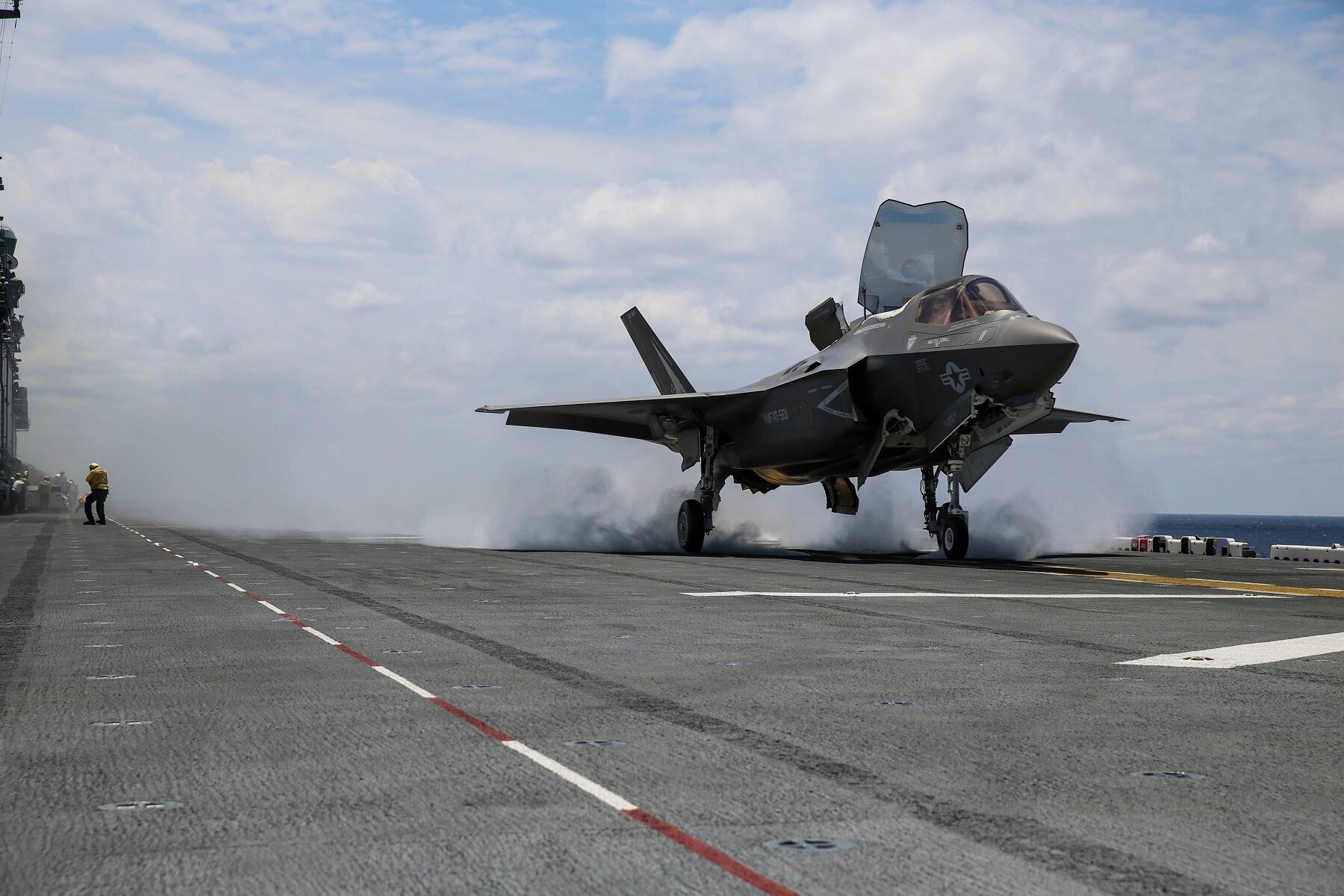TOKYO — Japanese Prime Minister Shinzo Abe’s Cabinet has approved the biggest 5.19 trillion yen (U.S. $45.82 billion) defense budget to bolster ballistic missile defense capability amid escalating threats from North Korea.
Under the plan endorsed Friday, Japan’s 2018 defense budget rises 1.3 percent from the current year. It would be the sixth annual increase under Abe, who ended a decade of military budget cuts since taking office in 2012. The defense spending is part of Japan’s 97.7 trillion yen national budget for 2018 — also the biggest of its kind.
The Cabinet also approved 23.5 billion yen in defense spending through March for next-generation missile interceptors — an initial cost of advanced U.S. missile combat systems Aegis Ashore and other equipment. The budget plans still need parliamentary approval.
RELATED

The Cabinet’s budget approval comes just days after it announced a decision to deploy a set of the costly land-based Aegis Ashore system to increase Japanese defense against a possibility of incoming missiles from North Korea. The exact cost of the two units was not released, but Defense Ministry officials say it could be 200 billion yen or higher.
Abe backs U.S. President Donald Trump’s pressure campaign against North Korea and has pledged to beef up Japan’s ballistic missile defense with American weapons.
Abe has called the North Korean missile threat a “national crisis” for Japan, luring public support for greater military roles and equipment that used to be taboo under Japan’s strict self-defense-only policy. Earlier this year, a missile defense panel of Abe’s ruling party proposed allowing preemptive strikes and the use of cruise missiles, though opponents say they violate Japan’s pacifist Constitution.
The budget plan includes more than 2 billion yen for a 500-kilometer (310-mile) range, Norwegian-developed cruise missile that can be fired from F-35 stealth fighter jets.
The budget also includes compatibility studies on U.S.-made, 900-kilometer range cruise missiles. Japan is also buying next-generation interceptors jointly developed by Japan and the U.S. for increased range and accuracy, and Japan plans to upgrade its home-made defense air control and advanced radar systems.
Defense officials say Japan needs to drastically and quickly improve its missile defense in the face of North Korea’s advancing missile technology. The two planned Aegis Ashore systems are aimed at diversifying Japan’s current two-step missile defense consisting of Patriot batteries and Aegis-equipped destroyers deployed in the Sea of Japan.
North Korea has test-launched more than a dozen missiles this year alone, two flying over northern Japan and several others landing inside Japan’s 200 nautical-mile exclusive economic zone.








